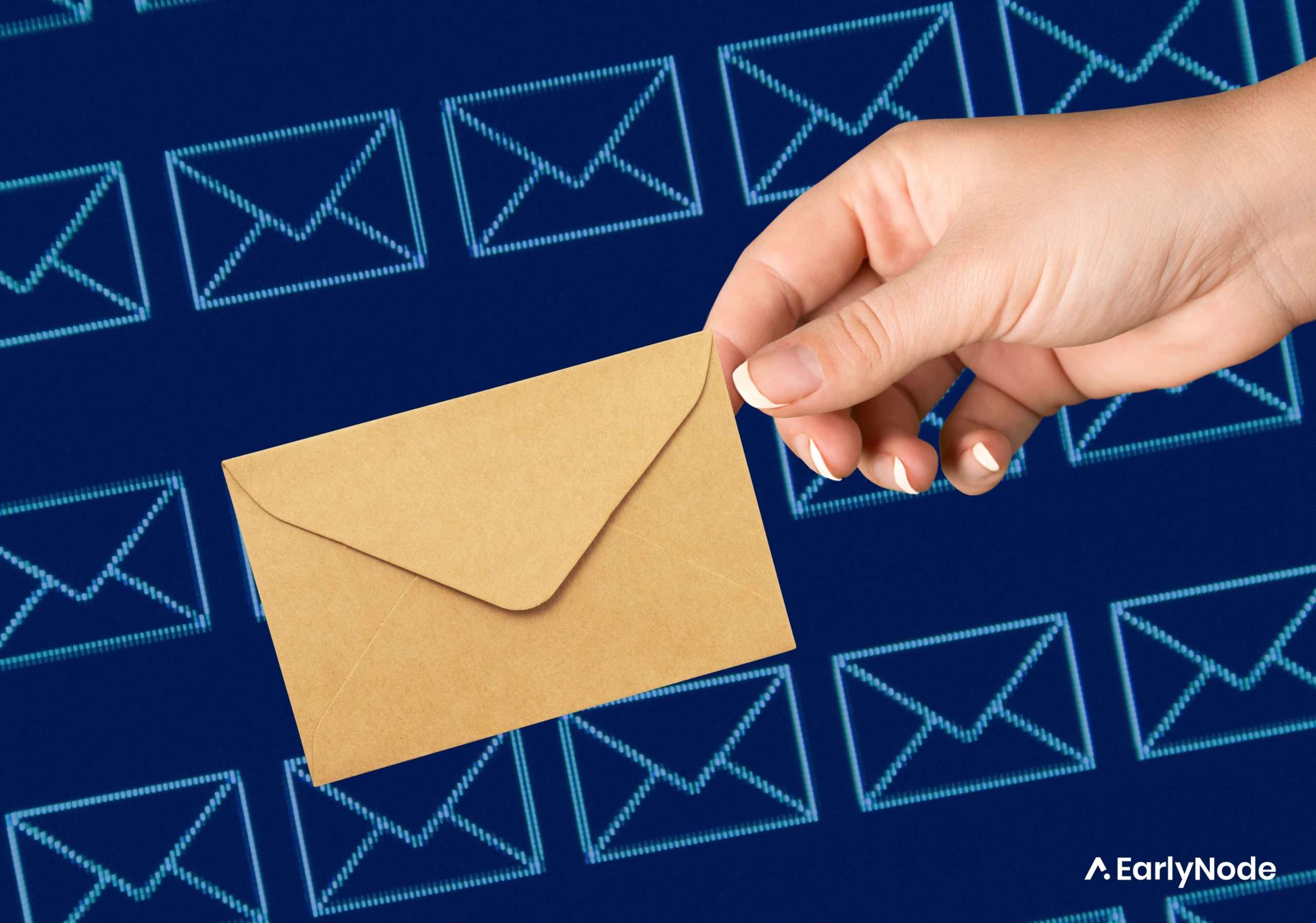How to Write Release Notes: A 7-Step Guide, Template, and Examples

In the world of SaaS, crafting release notes is often an afterthought or a task left to someone on the team with a spare moment.
You might think, well, I’ve already got loads of things to worry about, and nobody even reads release notes. Why waste my time on them?
Wrong. A survey by James Scott from Google found that over 80% of customers are willing to read release notes if they’re well-written and deliver some value.
This makes release notes a customer communication goldmine. Of course, very few companies are shoveling this mine, which represents an opportunity for you to dive in with your shovel.
Let’s start with some of the mistakes you’d want to avoid while writing your product updates.
3 Release note mistakes to avoid
1. Using technical language
Most of the time, release notes describe technical updates to the product. But this does not mean you can write some ticket numbers and technical terms and call it a release note.
“Trouble ticket #24243: Dark Mode instance resolved” is not exciting your customers; it’s disappointing them because they don’t understand it.
An ideal product announcement focuses on the users. You write about how new updates can benefit them. For example, for a new feature announcement, instead of saying, “this new feature can do this,” you can say, “you can now do this (the benefit) with this new feature.”
2. Not providing enough information
Your product updates won’t be of much help to your users if you don’t provide enough detail for them to know what’s in it for them.
Users don’t want “Bug fixes and performance enhancements” as a release note. They want to know what bugs are not gonna bother them now and how much performance improvement they can expect from the new version.
This could also lead to serious issues when dealing with security-related updates.
For example, writing a security update like “Several security issues resolved” will alert your users about your product’s safety. They might want to know what kind of security issues were resolved. Are there more issues like these? Was my data compromised?
This is why a good release note is concise but not vague.
3. Writing long and boring walls of text
The release notes should be easy to read. But this is the opposite of what most companies are doing.
It’s easier to copy and paste user stories or internal documentation, but you can’t expect users to scroll through heaps of text, find something interesting, and adopt new features all on their own.
You need to help them figure out the next step with each update.
But if you’re smashing every update in one huge block of text, they might not even figure out where one note ends and the next begins.
That’s a missed opportunity for great communication with your user base.
3 Best practices for writing release notes
Now that you know what to avoid, here’s a list of best practices for the next time you create a release note:
1. Keep product updates scannable
Thanks to the ever-so-shortening attention spans, we’re not interested in reading anything we cannot scan through first.
To make sure your users actually read your product updates, you need to break down your content into smaller, more digestible chunks. For each update, you can use bulleted lists, smaller paragraphs, or categories.
Stripe does it best with their snappy one-liner updates.
2. Link to relevant resources
If you’re announcing a new feature, providing a link to more details about how to use that feature, like a user guide, product documentation, training resources, or case studies, is a good idea.
This allows users to learn more about the new feature, making it easier to use and adopt.
Slack provides a wealth of links in its release notes to further instruct and guide users.
3. Be brand consistent
Use a consistent brand voice and release note format for all your feature announcements. It helps your users to recognize your release notes easily and look forward to the next updates.
It excites your users when you listen to them and respond in a way they want.
This is how Mural keeps their users excited about the updates. They add their brand identity with emojis, brand language, and format throughout their release notes.
Writing release notes in 7 simple steps
When you update your SaaS product, the notes you provide about the changes can either make users understand and appreciate the updates, or frustrate them.
Follow some easy tips to write clear changelog posts your users can understand:
1. Plan the information to include
Release notes help your users understand what to expect from your product changes. To present your product as a viable solution, it’s worth planning what to include in the product’s release notes.
Some things to consider are the overall aim of the new release, key features or changes, their benefits for users, informative and engaging visuals, and links to detailed external guides or documentation.
And all this might be overwhelming if you’re writing every release note from scratch.
But not if you use a template to keep your release notes consistent and easier to create. At the end of this article, you’ll get a FREE template you can copy/paste for any new feature announcements.
2. Clearly define what’s changed
Users don’t read release notes for fun or because they want to read some tutorials. They are there for a reason, they want to know what’s new and how to get more done with these updates.
Clarity is key here. It’s your job to provide enough details and not overwhelm users with confusing walls of text.
But don’t oversimplify because it can lead to vague release notes that users don’t appreciate.
For example, “Projects Switch Feature is Available Now” is clear but vague. Instead, you can say, “You can now switch projects easily and keep tabs on every customer update.” It’s short, useful, and tell users how new feature can benefit them.
3. Give users reasons to read
The key to making your release notes engaging and easy to read is to keep your user in mind. Focusing on the user’s needs can help you write release notes they would want to read.
This way, users will feel you’re listening to them and working to enhance their experience.
You can also give users a reason to be excited about new changes or additions. Frame new updates and improvements to emphasize how they will improve the user experience or solve your customers’ problems.
Getting a buzz going around new features leads to increased feature usage and, thus, boosts product adoption.
4. Explain product updates with visuals
Most users can only remember about 20% of the text they read when no visuals are included. A study showed that engaging visuals can improve communication and facilitate learning.
But you need to place these graphics in your release note strategically to help readability. For example, if there’s a lengthy explanation somewhere in your update, use a GIF or a series of helpful screenshots to show the change.
Using GIFs to showcase your features in action is a great alternative to using videos that may take up a lot of space.
Here’s how Notion uses GIFs in their release notes.
5. Drive product adoption with feature announcements
Your release notes are not only informants, but they must also drive product adoption.
According to the Fogg Behavior model, the higher the user’s motivation, the higher their ability to adopt new features.
You can create a sense of excitement and curiosity by focusing on the benefits users will receive from the new features. This can help drive adoption and engagement because the users will be motivated enough to try new features.
The Fogg Behavior model also emphasizes making new features easy to use.
Using simple instructions and easily integrating a feature into the user’s workflow, will keep users satisfactied, further driving adoption and usage.
6. Encourage customer feedback
You’ve presented your changes clearly, shown users the benefits, and they’ve started trying your new features, it’s time to listen to them.
Do they like the new release? Are they facing any problems? What is their general view of the new feature? These are some of the answers you want from your users. But instead of creating a survey, just make it easier for your users to reach out to you.
You can use an in-app feedback widget or a changelog tool that gives you the option to collect feedback.
Miro uses a feedback widget where users can quickly submit their responses.
7. Self-promote… but carefully
When you’re using distribution channels like blogs or social media to announce your new features, it’s good to promote your brand values and mission and attract people who resonate with them.
But how you pitch your brand in your release notes matters. Too much self-promotion can erode a user’s trust in your brand.
For example, “Your energy consumption is reduced by up to 50% with our new release. One of many ways we aim for an eco-friendly future.” gets the message across without sounding like a brag.
On the other hand, “We’re here to save the planet, something we’ve done successfully with every updated release. Our new hotfix includes 50% less energy consumption” won’t really cut it.
A Copy/Paste release note template
As promised, here’s your copy/paste feature announcement release note template.
You can edit the template by inserting custom values in brackets {}.
{Date}
{Header Goes Here – Choose any of the following or come up with a creative and catchy header.}
- {New Feature} is officially out.
- Introducing the all-new {New Feature}.
- Now you can {Function} with {New Feature}.
{Write 2-3 sentences introducing your new feature here.}
- Make it exciting and conversational.
- Start with something like Great News or Heads Up, etc.
{Embed an educational resource here. It could be a video, image, or a GIF.}
- Show your new feature in action.
- This resource must tell customers how to access the feature, too.
{Desctibe benefits of this feature for users. You can list them out as bullets or in a paragraph. Take 100 words at most.}
- Make it conversational by talking about your customer’s benefits instead of what your new feature can do.
{Take 30-40 words to describe how this feature gets the job done and any known limitations to its functions.}
- Here you can talk about what your feature exactly does. (keep it short, though)
- List out all the functions.
- Also, talk about the functions you’re working on. (if any)
{A strong CTA – Choose any of the following or go with something persuasive.}
- Click here to try {New Feature} today.
- Check out {New Feature} now.
- Try out {New Feature}.
So, there you have it – a simple release notes template to help you announce new features effectively.
Here’s a little visual aid.
4 Great Release Note Examples
Writing release notes for your first product? Or maybe you want to master the art of writing effective release notes fast? A great place to start is taking inspiration from a few quality examples.
Here are some of the best release note examples for you to draw inspiration from:
Intercom writes user-centric updates
In the release notes, Intercom displays its cheerful brand style with emojis and smiley faces in the subheadings. You can see the categories at the top indicating what area the update is related to.
Retool leverages user feedback for better future updates
Retool has an effective way of categorizing its updates, making it easier for users to locate “New” features or “Minor” fixes, or other things they’re interested in from the list.
But what’s even more impressive is how Retool leverages feedback from its users.
Retool’s release notes contain sections allowing users to leave feedback on an update, which helps Retool understand what they liked or didn’t like about the feature.
Webflow offers a clean navigation panel
Webflow’s release notes are incredibly user-friendly thanks to its clean table of contents feature.
Users can quickly navigate past releases and easily access relevant information by release date. No matter if the feature was released a few years ago or a few days ago. If you want to know more about it, once you visit Webflow’s changelog you can easily access what you’re looking for.
Using screenshots for illustration like Webflow does below is an effective example of how to make your release notes more user-friendly.
Loom incorporates engaging videos
Being a video company, Loom’s uses video content and screenshots to showcase new features.
They combine short videos made within the app itself and screenshots to explain new features, making release notes very interesting and easy to understand.
The changelog is incredibly organized; you can easily access updates that happened from 3 years ago if you want to. On the changelog page, there’s even an invite to subscribe to product update announcements. This can also help build engagement and improve feature discovery..
Conclusion
Writing effective release notes can be a valuable method for keeping your customers informed and engaged.
You can create engaging and informative release notes by avoiding common mistakes such as using technical jargon, and dull text walls and following best practices like keeping feature announcements scannable and incorporating your company’s brand and personality.
If you apply the tips in this article, you will be able to write clear, engaging and interesting release notes. With powerful tools like ReleaseLog, you can get it done in less than 5 minutes.



